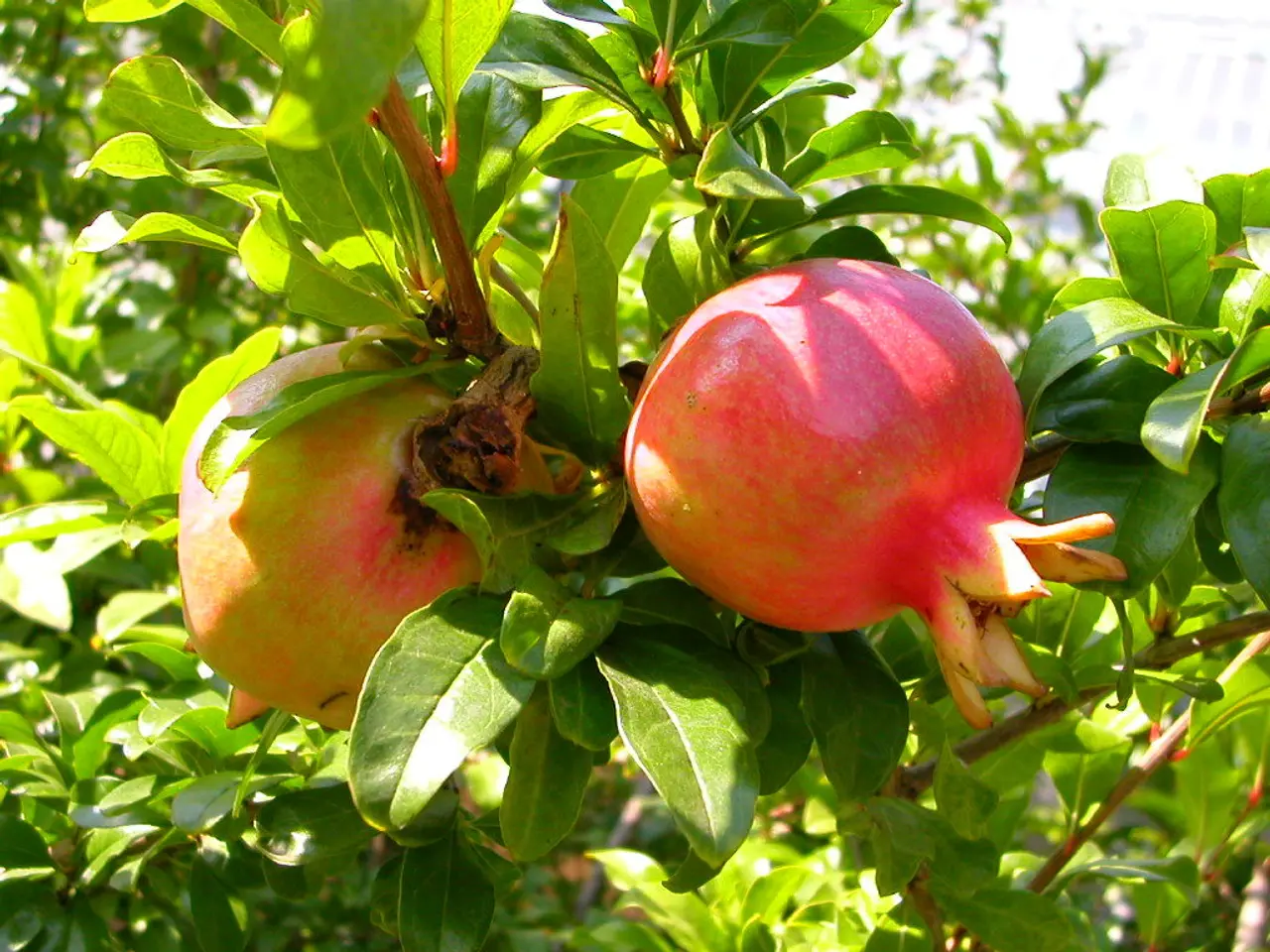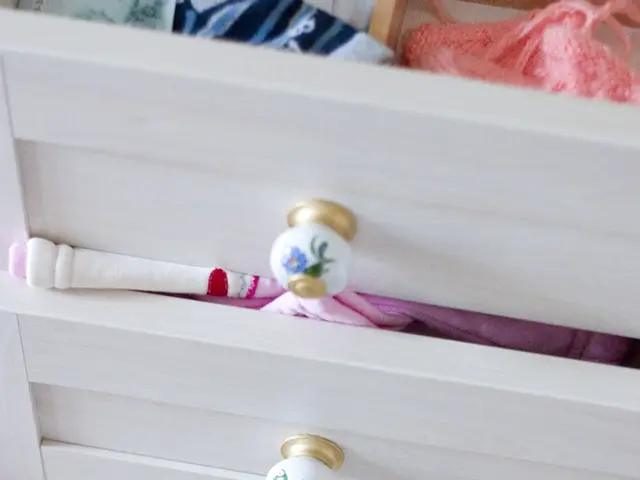Cultivating and Nurturing Pomegranate Bonsai: Essential Guide
Pomegranate bonsai trees, popular for their thick, twisted trunks, eye-catching flowers, and fruit, are a captivating choice for bonsai enthusiasts. Caring for them requires attention to sunlight, watering, soil, fertilization, and pruning.
**Sunlight and Placement**
Pomegranate bonsai trees thrive in moderate to full sunlight, ideally receiving six to eight hours of direct sunlight daily. Position your tree near a south-facing window or use a grow light if indoors.
**Watering**
Maintain consistent moisture in the soil, but avoid overwatering. Check the top inch of soil for moisture before watering. During warmer months, water more frequently, and reduce watering in winter.
**Soil**
Use a well-draining bonsai mix, preferably slightly sandy, to prevent waterlogging. While pomegranates generally prefer a pH between 5.5 and 6.5, a bonsai mix is often designed to be versatile.
**Fertilization**
Employ a balanced fertilizer with an NPK ratio of 10-10-10. For enhanced flowering and fruiting, consider a slightly higher phosphorus content (e.g., 10-15-10). Fertilize every two to four weeks during the growing season (spring and summer).
**Pruning**
Pruning should be done after flowering to maintain the tree's shape and encourage fruit production. Prune branches to maintain an aesthetic form and ensure air circulation and sunlight penetration.
**Additional Tips**
Occasionally mist the tree to maintain humidity, especially in dry environments. Repot your bonsai tree every two to three years to refresh the soil and prune the roots.
Starting a pomegranate tree from a cutting guarantees the same variety as the mother tree. However, growing a pomegranate tree from seed can take time and patience.
Pomegranate trees need a warm climate and plenty of sunshine. They are native to the Middle East and Southeast Asia, making them heat-tolerant but sensitive to cold weather, with issues emerging when temperatures approach 40 degrees Fahrenheit.
Newcomers to bonsai may find it challenging to bonsai a pomegranate tree; other trees may be better options for beginners. To get a good trunk for bonsai, a pomegranate tree grown in containers may need to be planted in the ground for a season.
Pomegranate bonsai trees can be kept indoors year-round, but may be healthier if brought outdoors during the summer months. Wiring should be placed during the winter to avoid leaves, and older branches don't respond well to wire, while younger branches are more flexible.
Propagating a pomegranate tree from a cutting is the preferred method, as pomegranate seeds don't always grow true to variety, and the resulting tree may be different from the type the seed came from. Pomegranate trees can be obtained from professional bonsai shapers, local nurseries, or grown from seeds or cuttings.
By following these guidelines, you can create a thriving and visually appealing pomegranate bonsai tree.
- Caring for a pomegranate bonsai tree is not just limited to its biological needs; it also involves integrating it into your lifestyle, adding a touch of its unique charm to your home-and-garden decor and food-and-drink presentations with its vibrant flowers and fruit.
- The process of cooking with pomegranate, a fruit often associated with a plant health, can be a delightful addition to your fashion-and-beauty routines, such as incorporating its seeds as a natural exfoliant in homemade beauty recipes.
- while learning about the ideal growing conditions for a pomegranate bonsai tree, you may also discover various recipes online, from traditional to innovative, that utilize this versatile fruit, enriching your food-and-drink repertoire.




